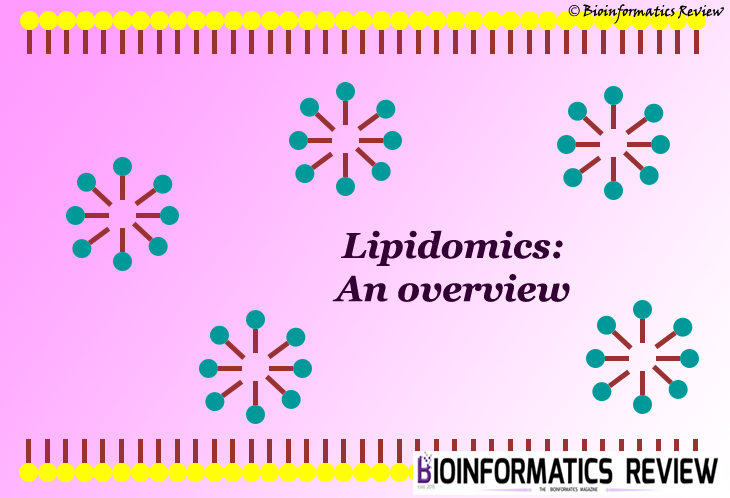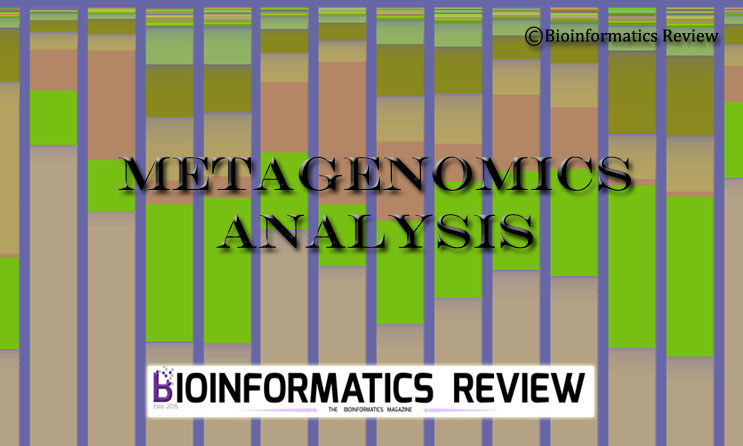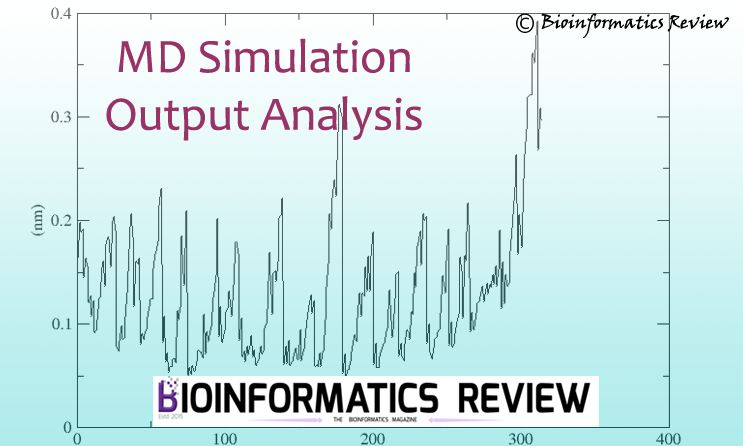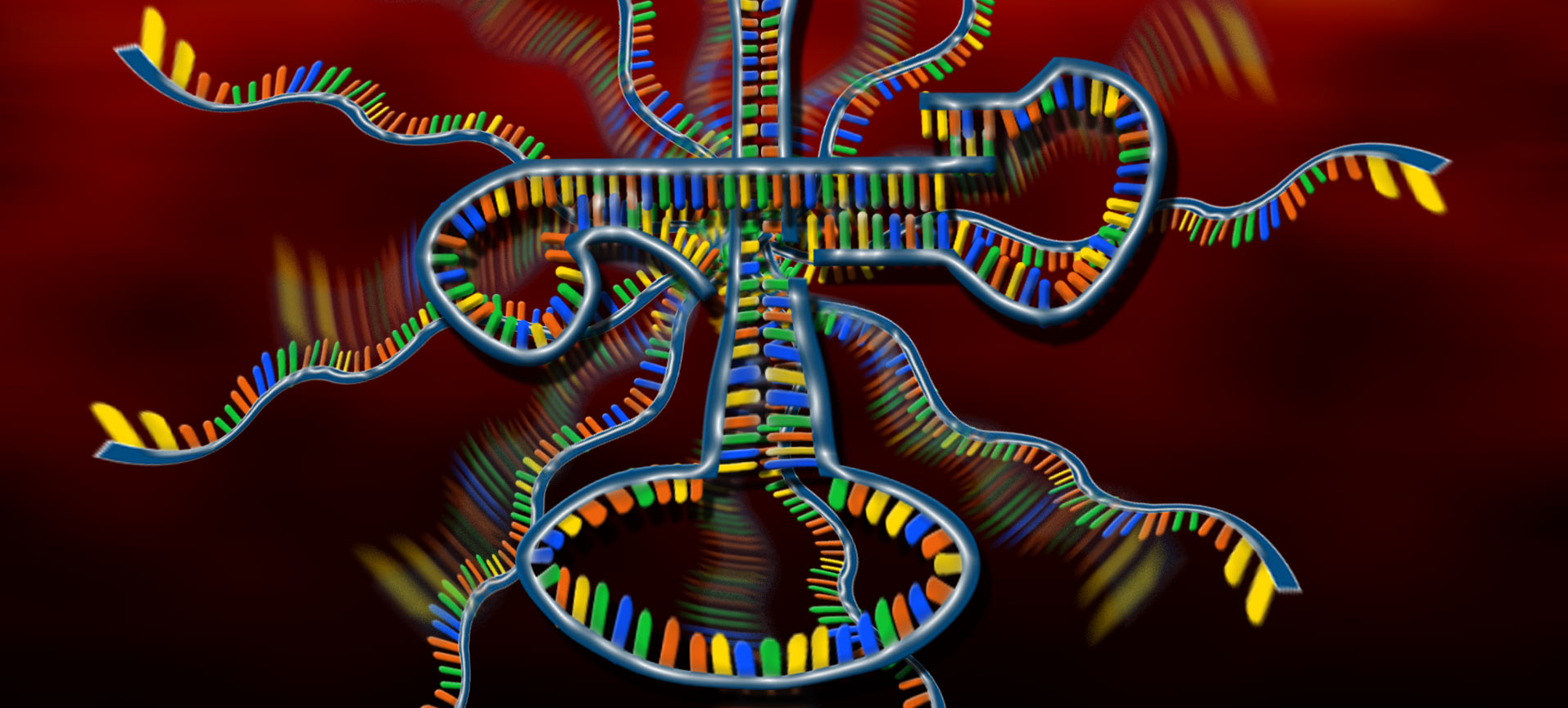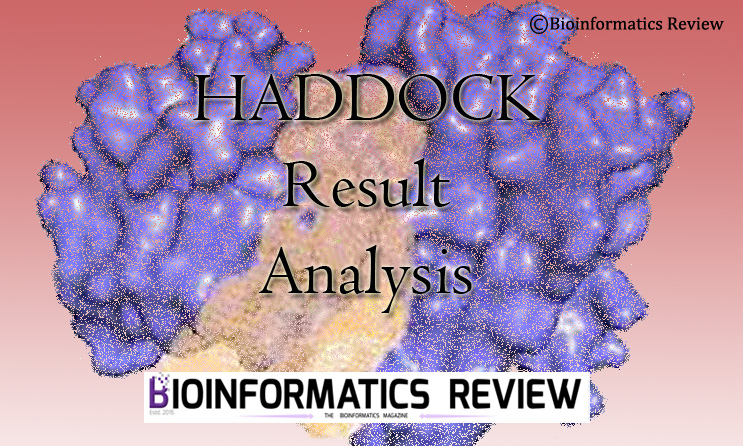Lipids are the essential metabolites in human body performing different functions such as energy storage, endocrine actions, cell signaling, morphogenesis, and so on. Using a lipidomics approach, it has become easier to study the lipids species in an organism.
Lipidomics is an emerging field in the name of the ‘omics’ for system-level analysis of lipids and their interacting partners within a cell. Lipidomics aims to define and quantitate all of the molecular lipid species present in a cell. It provides a powerful approach to understanding lipid biology [1]. The lipid molecular species can be described by the 8 known categories of lipids, numerous classes, and subclasses, which were defined by the LIPID MAPS Initiative in lipidomics [2,3] in collaboration with International Committee for the Classification and Nomenclature of Lipids (ICCNL) [4,5].
Some of the modern technologies such as liquid chromatography (LC), mass spectrometry (MS), nuclear magnetic resonance (NMR) are being used to identify and quantify all the lipid species in order to understand their function in biological systems. The LIPID MAPS Consortium carried out the comprehensive analysis of lipidome in mammals by developing innovative lipidomics technique based on liquid chromatography coupled with mass spectrometry [2], which is most widely used nowadays. MS technology has been proved to be highly efficient in the characterization and quantification of lipid molecular species in lipid extracts. One of the reasons behind this could be the ability of MS to characterize and separate each ionized particle according to their mass-to-charge (m/z) ratio. MS can also provide structural information by fragmenting the lipid ions which can be achieved by using tandem MS, or MS/MS.
Basically, there are two different approaches for lipidomics analysis:
a. to apply some extraction protocols optimized for each lipid category, and then subject to LC to separate the present lipids molecular species optimally [6-11], then the LC eluate is coupled directly to the mass spectrometer for further analysis such as molecular fragmentation (MS/MS), ion scanning, etc.
b. another approach, also known as “shotgun lipidomics”, involves the offline extraction of lipids followed by MS analysis without LC separation [12].
Several tools are available for lipidomics and some are emerging concerning the combination of genomics and lipidomics to identify clinically relevant biomarkers [13]. For example, SimLipid is a high-throughput characterization tool for lipids [13]. It analyzes lipid mass spectrometric data to profile them using LC coupled with MALDI-MS, MS/MS data, and also remove the overlapping isotopic peaks from multiple spectra in batch mode [14].
References:
1. Dennis, E. A. (2009). Lipidomics joins the omics evolution. Proceedings of the National Academy of Sciences, 106(7), 2089-2090.
2. Dennis, E. A., Brown, H. A., Deems, R. A., Glass, C. K., Merrill, A. H., Murphy, R. C., … & van Nieuwenhze, M. (2005). The LIPID MAPS approach to lipidomics. Functional Lipidomics, 1-15.
3. Schmelzer, K., Fahy, E., Subramaniam, S., & Dennis, E. A. (2007). The lipid maps initiative in lipidomics. Methods in enzymology, 432, 171-183.
4. Fahy, E., Subramaniam, S., Brown, H. A., Glass, C. K., Merrill, A. H., Murphy, R. C., … & Shimizu, T. (2005). A comprehensive classification system for lipids. Journal of lipid research, 46(5), 839-862.
5. Fahy, E., Subramaniam, S., Murphy, R. C., Nishijima, M., Raetz, C. R., Shimizu, T., … & Dennis, E. A. (2009). Update of the LIPID MAPS comprehensive classification system for lipids. Journal of lipid research, 50(Supplement), S9-S14.
6. Krank, J., Murphy, R. C., Barkley, R. M., Duchoslav, E., & McAnoy, A. (2007). Qualitative analysis and quantitative assessment of changes in neutral glycerol lipid molecular species within cells. Methods in enzymology, 432, 1-20.
7. Ivanova, P. T., Milne, S. B., Byrne, M. O., Xiang, Y., & Brown, H. A. (2007). Glycerophospholipid identification and quantitation by electrospray ionization mass spectrometry. Methods in enzymology, 432, 21-57.
8. Deems, R., Buczynski, M. W., Bowers‐Gentry, R., Harkewicz, R., & Dennis, E. A. (2007). Detection and quantitation of eicosanoids via high performance liquid chromatography‐electrospray ionization‐mass spectrometry. Methods in enzymology, 432, 59-82.
9. Sullards, M. C., Allegood, J. C., Kelly, S., Wang, E., Haynes, C. A., Park, H., … & Merrill, A. H. (2007). Structure‐Specific, Quantitative Methods for Analysis of Sphingolipids by Liquid Chromatography–Tandem Mass Spectrometry:“Inside‐Out” Sphingolipidomics. Methods in enzymology, 432, 83-115.
10. Garrett, T. A., Guan, Z., & Raetz, C. R. (2007). Analysis of Ubiquinones, Dolichols, and Dolichol Diphosphate‐Oligosaccharides by Liquid Chromatography‐Electrospray Ionization‐Mass Spectrometry. Methods in enzymology, 432, 117-143.
11. McDonald, J. G., Thompson, B. M., McCrum, E. C., & Russell, D. W. (2007). Extraction and analysis of sterols in biological matrices by high performance liquid chromatography electrospray ionization mass spectrometry. Methods in enzymology, 432, 145-170.
12. Ejsing, C. S., Sampaio, J. L., Surendranath, V., Duchoslav, E., Ekroos, K., Klemm, R. W., … & Shevchenko, A. (2009). Global analysis of the yeast lipidome by quantitative shotgun mass spectrometry. Proceedings of the National Academy of Sciences, 106(7), 2136-2141.
13. Wenk, M. R. (2010). Lipidomics: new tools and applications. Cell, 143(6), 888-895.
14. Isaac, G., McDonald, S., & Astarita, G. (2011). Automated Lipid Identification Using UPLC/HDMSE in Combination with SimLipid. Waters Application Note 720004169en.

